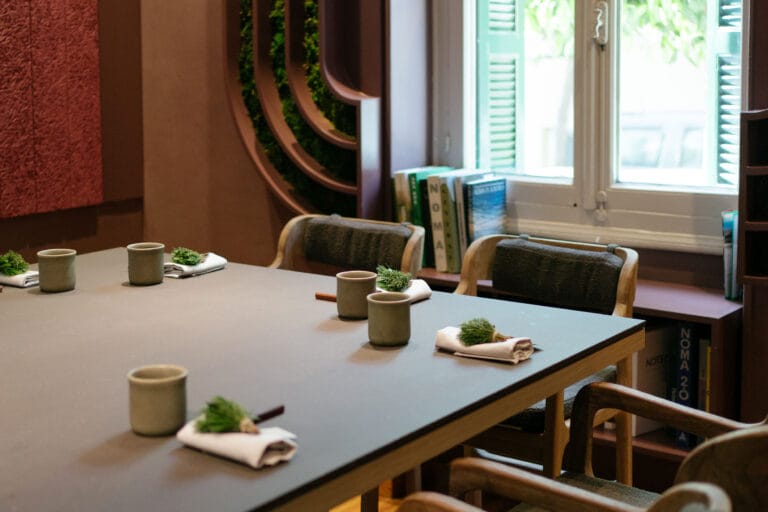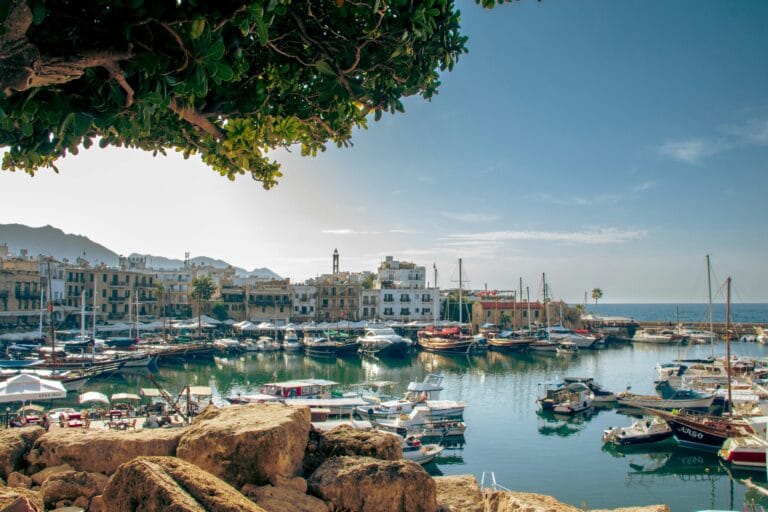From Picasso to Miró, Gaudí to graffiti: uncover Barcelona’s best art museums and galleries.
In Barcelona, art is not just something you observe — it’s something you walk through, dine beside, and sometimes stumble upon while ordering coffee. The Catalan capital has long nurtured the avant-garde, from Antoni Gaudí’s impossible curves and structures to Joan Miró’s surrealist colours and shapes. And while sunshine and tapas may tempt the casual visitor, those who travel with a keen eye for aesthetics will find the city a masterpiece in itself.
From hilltop museums to digital installations and bohemian ateliers, here are seven essential stops that make Barcelona an unmissable destination for art lovers.
Museu Picasso — A portrait of the artist as a young man

Tucked within the narrow Gothic-meets-medieval streets of El Born, the Museu Picasso offers the most comprehensive look at Pablo Picasso’s formative years. Housed in five conjoined 13th-century palaces, the museum doesn’t focus so much on the artist’s fame, but on his evolution from an unnervingly gifted teenager to a boundary-pushing young painter.
The highlights include his early academic works, as well as Blue Period pieces, and the brilliant Las Meninas series, Cubist reinterpretations of a Velázquez classic. It’s an intimate, often surprising look into an artist still finding his voice, as well as a great selection of painted ceramics that dominated his late career.
Don’t miss: The photographs of the artist and his life. And also the leafy interior courtyards, where you can pause in the shade before tackling your next move.
Fundació Joan Miró — Modernism on the mount

Perched on Montjuïc hill with sweeping views over the city, the Fundació Joan Miró is a luminous ode to one of Spain’s most famous and beloved artists. Whilst Miró’s work can be found dotted around the city, this building itself, designed by Miró’s friend Josep Lluís Sert, is a masterclass in Mediterranean modernism: white walls, skylights, and open terraces that let the art breathe and impress.
Inside, you’ll find a definitive collection of Miró’s paintings, tapestries, and sculptures, tracing his journey from early Fauvist work to the abstract, playful forms that made him so famous.
Don’t miss: The rooftop sculpture garden, where Miró’s celestial forms compete with distant views of Gaudi’s (finally!) soon-to-be-finished La Sagrada Família.
MACBA — Where the avant-garde lives

The Museu d’Art Contemporani de Barcelona (MACBA) doesn’t so much sit in the Raval district as slice through it. Designed by American architect Richard Meier, the white, angular structure is itself a provocative statement — one that sets the tone for the daring works inside, as well as skaters and a young crowd outside.
The collection is sharp, political, and at times confrontational, with a focus on post-1945 art from Catalonia, Spain, and beyond. Expect multimedia installations, conceptual works, and a steady stream of edgy temporary exhibitions.
Don’t miss: The buzzing skate plaza outside, where street culture collides with high art in real time.
Museu Nacional d’Art de Catalunya — Journey through time

Set within the domed Italianate palace on Montjuïc hill, the MNAC is as grand as any museum in Europe. Climb the stairs all the way up (thankfully there are also escalators) and it offers a sweeping survey of Catalan art from the Romanesque to the early 20th century, with an extraordinary collection of medieval frescoes setting it apart.
These works, painstakingly transferred from crumbling churches in the Pyrenees, are haunting and alive with spirit. Upstairs, you’ll find Modernisme works by Ramon Casas and Joaquim Mir, who were visual companions to Gaudí’s architectural revolution.
Don’t miss: A drink on the museum’s rooftop terrace, with epic views over Plaça d’Espanya and beyond. A walk around this venue in Montjuïc’s lush green environs also feels like a refreshing breather.
Casa Batlló — Gaudí’s living canvas

Of Antoni Gaudí’s many contributions to the Barcelona skyline, Casa Batlló is perhaps the most theatrical. The building, nicknamed the “House of Bones” for its skeletal balconies and vertebrae-like roof, feels more like a dream than a residence.
Inside, the design is no less fantastical: waves of blue tile, hand-carved wood, and stairwells that seem to ripple with movement. A recent renovation has added a state-of-the-art immersive experience that blends history with light projections and an evocative soundtrack. Be prepared for a trippy experience, there are devils in all the details. There’s truly no building like it, this casa is Gaudí’s surrealism on steroids.
Don’t miss: The attic space, with its ribbed arches and bone-white calm, is a quiet counterpoint to the riotous main floors.
Casa Mila (La Pedrera) — Gaudí’s Stone Symphony

At the upper reaches of Passeig de Gracia, Gaudí’s Casa Milà, affectionately dubbed La Pedrera (“The Quarry”), stands as another testament to the artist’s architectural audacity. Completed in 1912, this icon was Gaudí’s final residential commission before he immersed himself entirely in the gigantic and still unfinished Sagrada Família basilica.
Art blends with design and architecture here in each space, with a great audio guide explaining how. See murals and mosaics bloom across walls and ceilings in the courtyards, bringing nature in. The Tenants’ Apartment shows off a meticulously restored early 20th-century bourgeois residence and a glimpse into period living. Named for its rib-like catenary arches, the Whale Attic houses the Gaudí Exhibition that explores the architect’s inspirations and innovations. Meanwhile the spectacular cherry on the cake: the Warrior Rooftop is a surreal landscape of curved chimneys and ventilation towers, the colour of deserts, framing panoramic views over Barcelona.
The building’s undulating limestone facade, devoid of straight lines, evokes a natural rock formations sculpted by wind and sea (Petra-esque). Wrought-iron balconies twist into organic forms, like vines, showcasing Gaudí’s collaboration with blacksmith Josep Maria Jujol.
Don’t miss: For a unique experience, consider the La Pedrera Night Experience, which includes a guided tour culminating in a rooftop audiovisual show that brings Gaudí’s vision to life under the stars.
Galeria Miquel Alzueta — Where art meets interior design

For those who want to take a piece of Barcelona home (or at least be inspired to), Galeria Miquel Alzueta offers a refined mix of contemporary art and design objects. Set in a stunning former textile factory, the gallery specialises in minimalist European artists, mid-century furniture, and architectural photography.
It feels more like a collector’s private home than a traditional gallery, with curated rooms that invite slow browsing and long conversations.
Don’t miss: The ceramics and design books in the shop offer ideal gifts for art-savvy friends (or yourself).
Barcelona is not a city with one museum mile or singular gallery district. Its art scene is as layered and spontaneous as the city itself — found in grand institutions, boutique operations, centuries-old churches, and even tiled park benches and the spray painted walls of Poblenou. Bring an open mind and a really good pair of walking shoes; you’ll need both.






